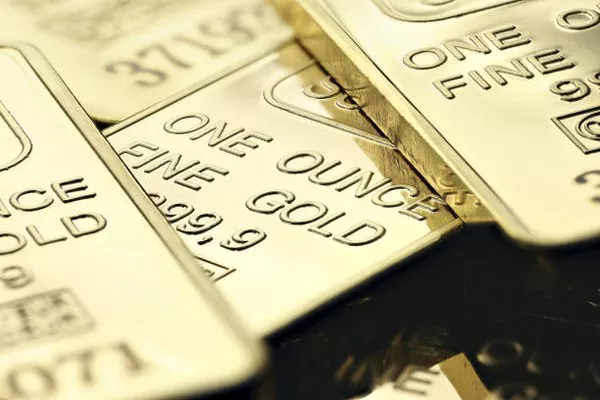In the realm of commodities, gold and silver stand out as timeless assets valued for their beauty, rarity, and economic significance. These precious metals have long been sought after not only for their aesthetic appeal but also as a store of value and a hedge against economic uncertainty. In this article, we delve into the current state of the gold and silver markets, examining prices, trends, market factors, investment strategies, historical context, economic indicators, geopolitical influences, market analysis, and practical tips for investors.
Current Prices
As of the most recent data available, gold and silver prices fluctuate in response to global market conditions. The spot price of gold hovers around $1,800 to $1,900 per ounce, while silver is trading at approximately $25 to $30 per ounce. These prices reflect the current demand-supply dynamics and investor sentiment in the precious metals market.
Price Trends
The price trends for gold and silver have shown resilience amid economic uncertainties. In recent months, both metals experienced fluctuations driven by shifts in inflation expectations, monetary policy decisions, and global economic indicators. Gold, known for its safe-haven appeal, has witnessed steady demand during periods of market volatility, whereas silver often responds more dynamically to industrial demand and investor sentiment.
Market Factors
Numerous factors influence gold and silver prices. Economic indicators such as inflation rates, currency exchange rates, and interest rates play pivotal roles in shaping investor perceptions of these metals. Geopolitical events, such as trade tensions and political instability, also impact market sentiments. Additionally, supply dynamics and industrial demand contribute to the overall price movement of gold and silver.
Investment Advice
Investing in gold and silver can be approached through various avenues. One common method is purchasing physical bullion in the form of coins or bars. Exchange-traded funds (ETFs) backed by physical metal holdings offer exposure to gold and silver without the need for physical storage. Futures contracts and mining stocks represent alternative investment vehicles, each carrying its own set of risks and potential returns.
Historical Data
To understand current prices and trends, historical data provides valuable context. Gold and silver have exhibited long-term resilience as assets, with historical price patterns reflecting periods of economic uncertainty, inflationary pressures, and geopolitical events. Examining past performance can assist investors in making informed decisions about the future.
Economic Indicators
Economic indicators directly influence gold and silver prices. Inflation erodes the value of fiat currencies, making precious metals an attractive hedge against rising prices. Currency exchange rates impact the international appeal of gold and silver, while interest rate movements affect the opportunity cost of holding non-interest-bearing assets like gold.
Geopolitical Events
Current geopolitical events, ranging from trade disputes to geopolitical tensions, can fuel volatility in gold and silver markets. Uncertainty in global affairs often prompts investors to seek refuge in precious metals, driving up demand and consequently prices.
Market Analysis
Expert analysis suggests that the bullion market will continue to react sensitively to economic developments. Projections indicate that gold and silver prices may remain influenced by shifts in monetary policy, inflationary pressures, and global economic recovery trajectories.
Buying and Selling Tips
When buying or selling gold and silver, it’s essential to transact with reputable dealers or brokers. Researching market prices and understanding transaction fees can optimize investment returns. For selling, timing is crucial; monitoring price movements and setting realistic profit-taking goals can enhance selling strategies.
FAQs
Q: Are gold and silver prices correlated?
A: Yes, gold and silver often exhibit a positive correlation due to shared investor sentiments and market dynamics.
Q: What are the risks of investing in gold and silver?
A: Risks include price volatility, liquidity constraints, and regulatory changes affecting precious metals markets.
Q: How do I determine the authenticity of gold and silver products?
A: Look for reputable dealers with certifications or assay guarantees for authenticity verification.
Q: Should I invest in physical gold or silver, or opt for ETFs?
A: It depends on investment objectives, risk tolerance, and preferences for liquidity and storage.
See Also Does Gold Increase In Value During A Recession
In conclusion, gold and silver remain enduring assets with intrinsic value and diverse investment opportunities. By understanding the market forces, historical context, and investment strategies, investors can navigate the precious metals market effectively and leverage these assets as part of a diversified investment portfolio.


